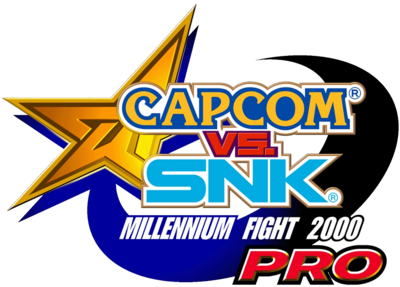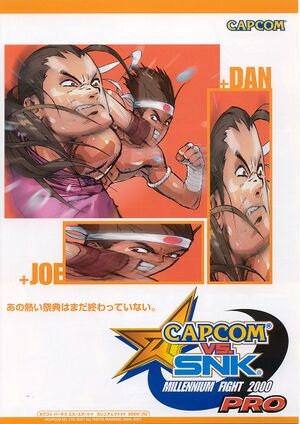Released in 2000, Capcom vs. SNK: Millenium Fight 2000 is a fighting game developed by Capcom for SEGA's NAOMI Arcade system, with its main draw being the first arcade fighting game that would pit characters from Capcom's popular fighting game series, Street Fighter, against SNK's popular fighting game series, The King of Fighters. In this game, players are able to form teams of (up to) four characters, by following a 4 point Ratio system.
In 2000, a special martial arts event is planned through a collaboration of the two most powerful world organizations: the Garcia Financial Clique and the Masters Foundation. The gala event – it is hoped by everyone – will ease the political conflicts between the two powers. The competition was named "Millennium Fight 2000". Many renowned martial artists have registered for the tournament. People around the world focus intensely on the upcoming exhibitions, making the long-awaited opening ceremony a huge success.
While there is no Discord for the game at the moment, There's a group of players and channel in the CvS2 Discord Server. If you wanna help out, You should probably talk about it in the #cvs1-pro-revival channel.
| Capcom vs. SNK: Millennium Fight 2000 (CvS, CvS Pro) | |
|---|---|
| Developers |
Capcom Production Studio 1 |
| Systems |
Arcade |
| Dreamcast JP: September 6, 2000 NA: November 9, 2000 PAL: December 15, 2000 | |
| Arcade (Pro) NA/JP: June 6, 2001 | |
| Dreamcast (Pro) JP: June 14, 2001 | |
| Playstation (Pro) JP: April 18, 2002 NA: July 12, 2002 PAL: August 14, 2002 | |
| Online Play |
Rollback (via CFC2) |
| Rollback (via Flycast) | |
| Rollback (via Duckstation) | |





























































